Not every digital file connected to an NFT can be considered as being art. In general, a distinction can be made between Collectibles, PfPs (Profile pictures), Memes, Cryptoart, Defi (Decentralized Finance), Gaming, Sport Nfts, and Metaverse assets.
The term “Cryptoart” includes numerous different styles and movements of NFT-connected art. The following list is an attempt to capture the most important ones. The list is loosely based on a compilation by Benoit and was extended and described by Dr. Martin Pracher. The cryptoartworks used for illustration of the movements and styles come from the b+p cryptoart collection (in addition see: “A walk through the b+p crypto art collection” in the Metaversum, below the article).
Styles and movements of cryptoart in February 2022: Glitch, Collage, Conceptual, Traditional painting, Digital painting, Photo art, Neo-Surrealistic, Hyperrealistic, Pop/Meme, Trash, Pixel/ASCII/DOS, Kinetic, Fractal, Generative, AI/GAN, VQGAN + Clip, AR sculpture.
MP

Glitch
Glitch art uses accidental or induced analog and/or digital errors as an art medium.
Objkt: Max Capacity, “N0270”, 2021, X/100, analog VHS video glitch, Tezos blockchain.
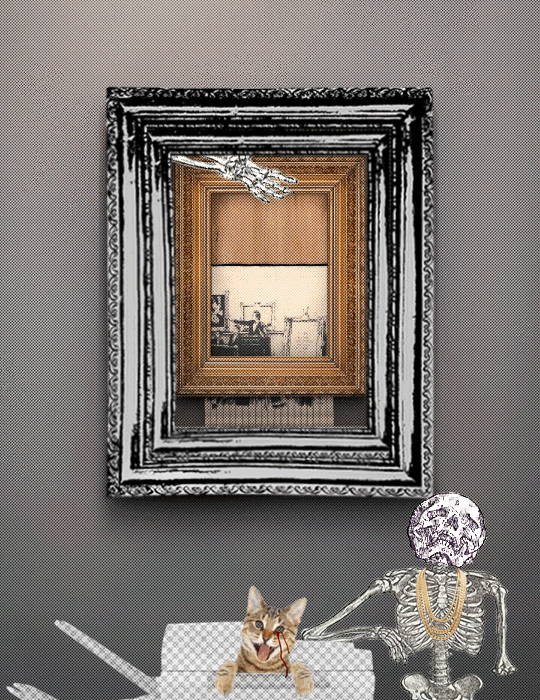
Collage
In collage, fragments from existing images are recomposed.
Objkt: Fake art posse, “Copycat level 10000
Banksystemisnothing”, 2021, X/33, collage, gif.
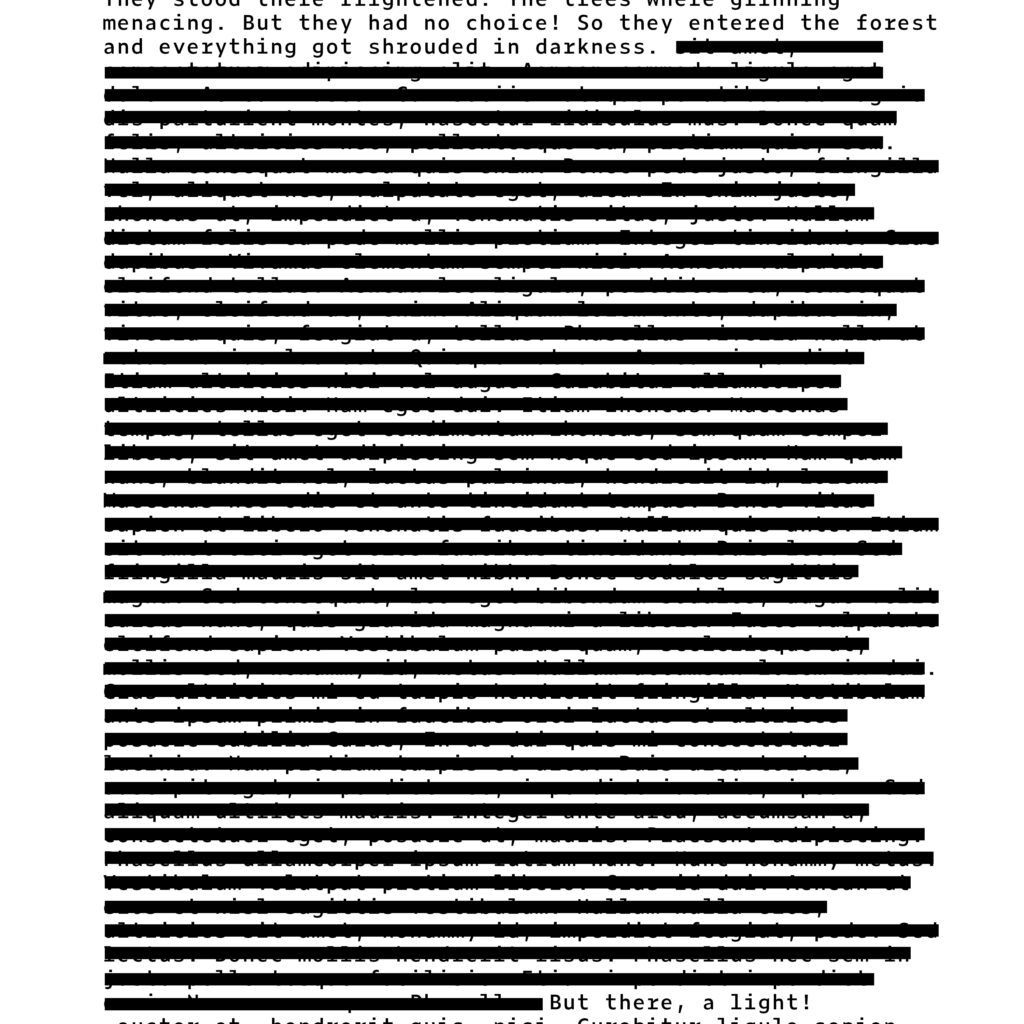
Conceptual
In Conceptual art, the idea of the artwork is more relevant than the traditional aesthetics.
Objkt: merchant coppola, “fairy tales for children (blind)”, 2021, X/15,
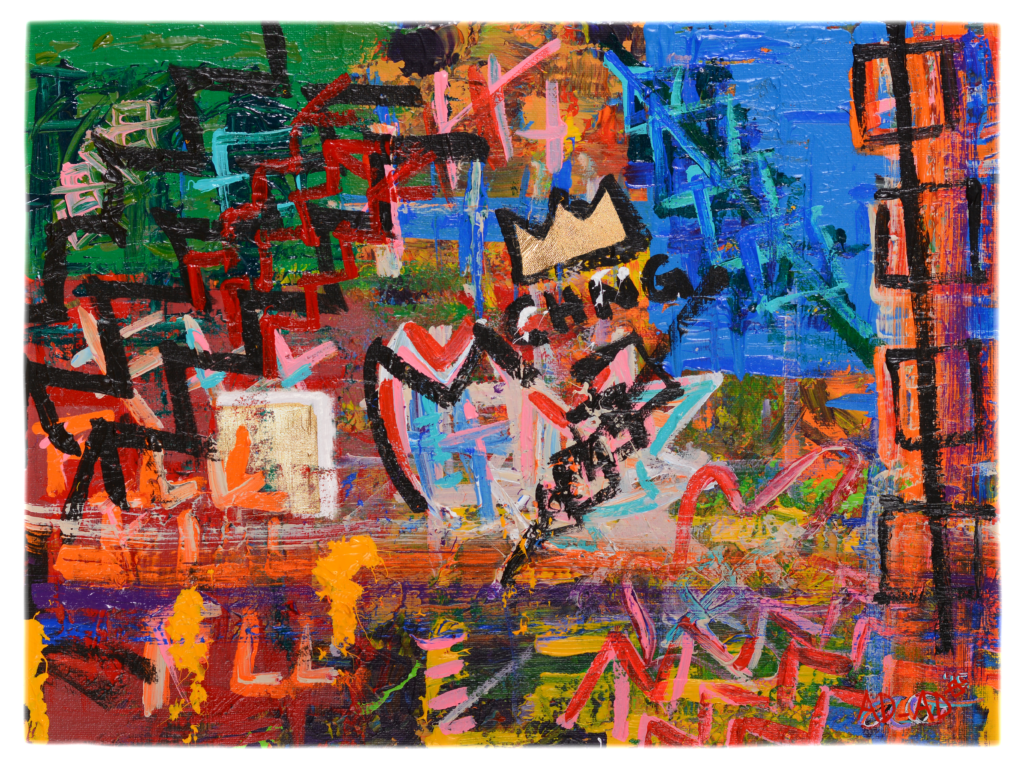
Traditional painting
Traditional paintings are photographed and digitally reworked. The understanding of originality between “physical” and “NFT” is still undefined.
Objkt: Adam Disbrow, “CHNG”, 2015/2022, X/100, png. Original Painting – Acrylic on Canvas Board, 2015 || Digitally Retouched, 2022.
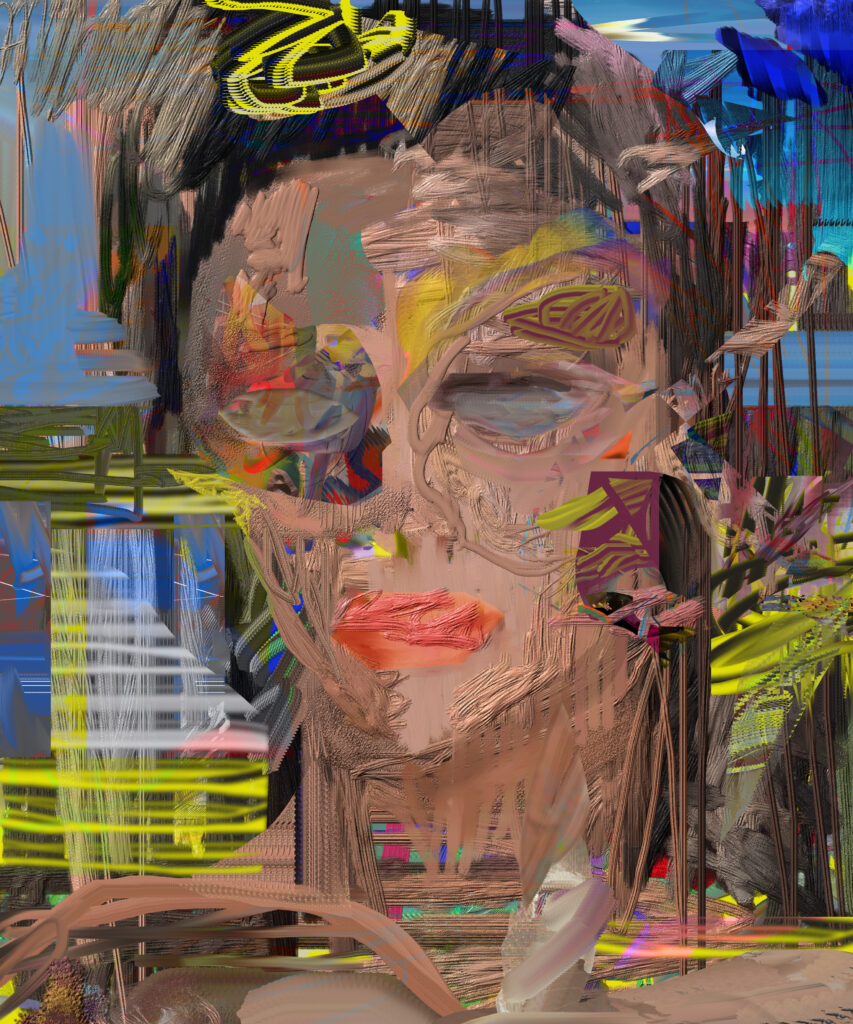
Digital painting
The painterly element of the image is achieved digitally through tablet and stylus.
Objkt: Introvoid, “You’re Gonna Carry That Weight – when all goodbyes are gone the stars will fall from the sky”, 2021, X/15, jpg.
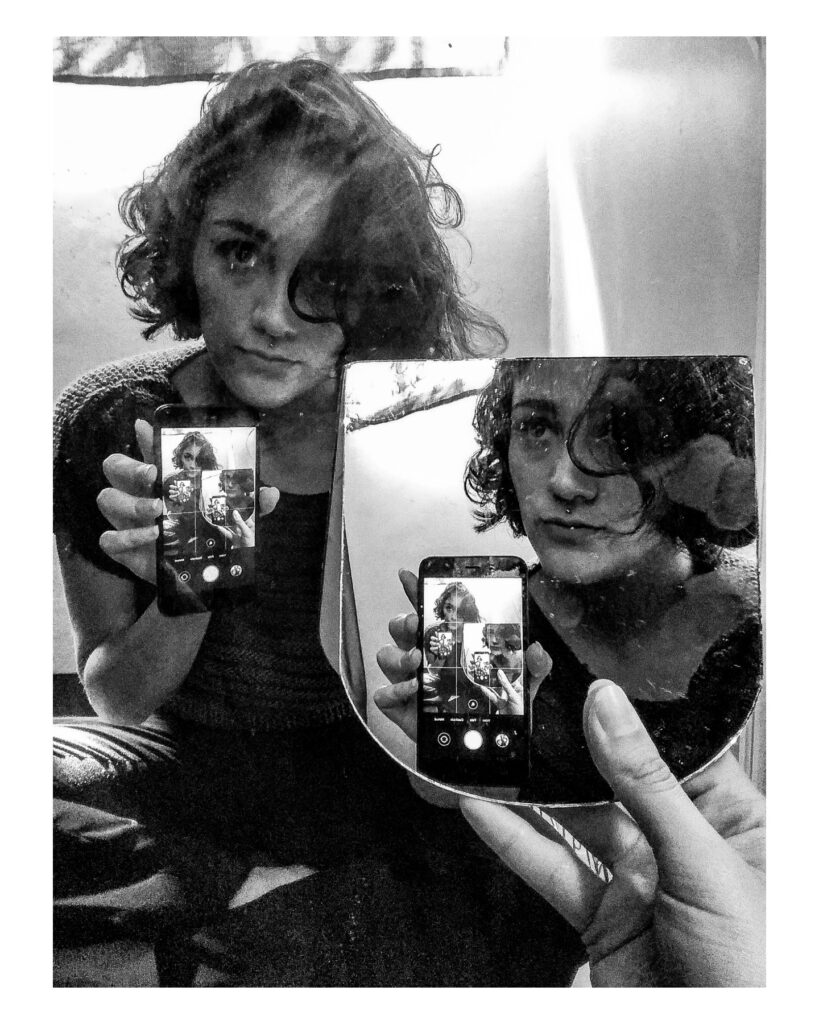
Photo art
Photographs are usually digitally post-processed and then minted. Here, too, the understanding of originality between edition, print and physical is still unclear.
Objkt: Care Verde Azul, “In the metaverse –
A loop where everything is decentralized and only art is alive”, 2021, X/10, jpg.
Neo-Surrealistic
Neo-surrealistic settings, fantasy, retro, vaporwave, steampunk, and science fiction, with floating shifts to each other, are common.
Objkt: Kholmo, “Simulacrum, 2021, X/15, mp4. Cloth Simulation_Motion Piece_2021.
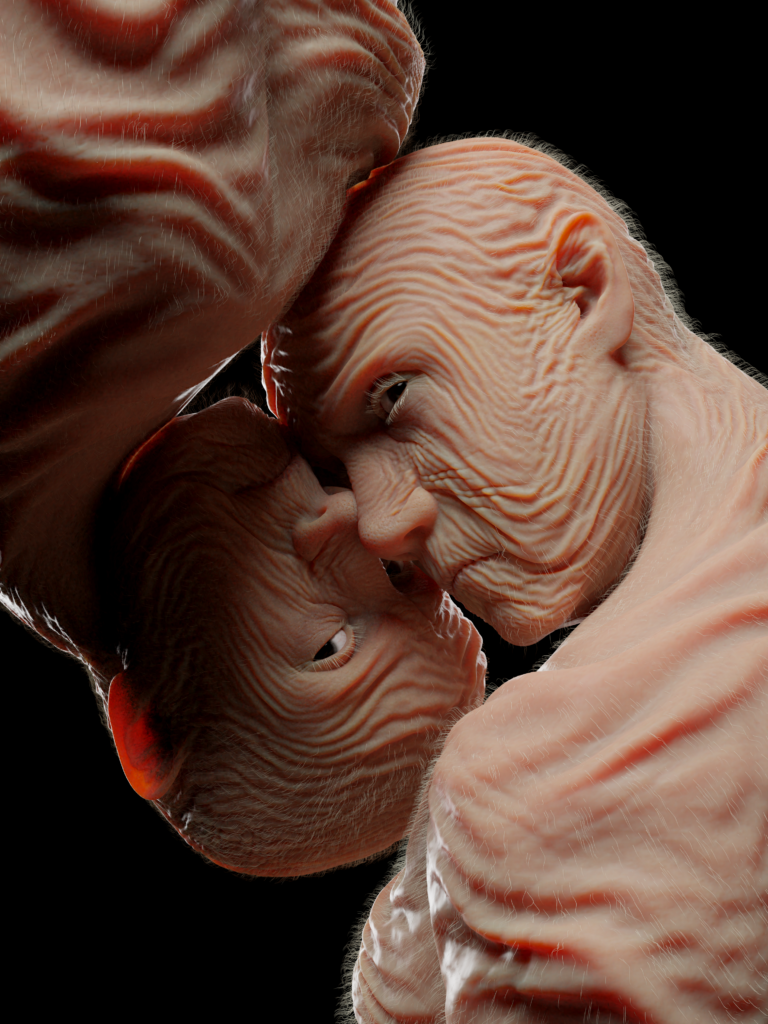
Hyperrealistic
The tradition of 1960s hyperrealist sculpture is digitally translated through extremely detailed surface modeling and high resolution. The movement is relatively small.
Objkt: Matteo Ingrao, “Up and Down”, 2021, X/133, png. “Reinventing physical characteristics of the human body and working on self-acceptance”.
Pop/Meme
Well-known motifs from pop and meme culture with a high recognition value serve as the basis for the artworks.
Objkt: Unknown artist, attr. Gary Cartlidge, “QueenCancel – Psychedelic, what is passed the veil”, 2021, X/10, webm.
Trash
The Trash Art movement emerged in 2020 out of solidarity with American artist Robness, who was banned from the platform SuperRare in 2020 for his work “64 gallon garbage can.” In the meantime, Trash Art has evolved into an ironic counter-movement to mainstream cryptoart.
Objkt: Robness, “#TRASHART INSPECTION PRODUKT LINE – IS THIS #TRASHART? OR IS THIS SATURATED MARKET PRODUKT?!”, 2022, X/1k, mp4.
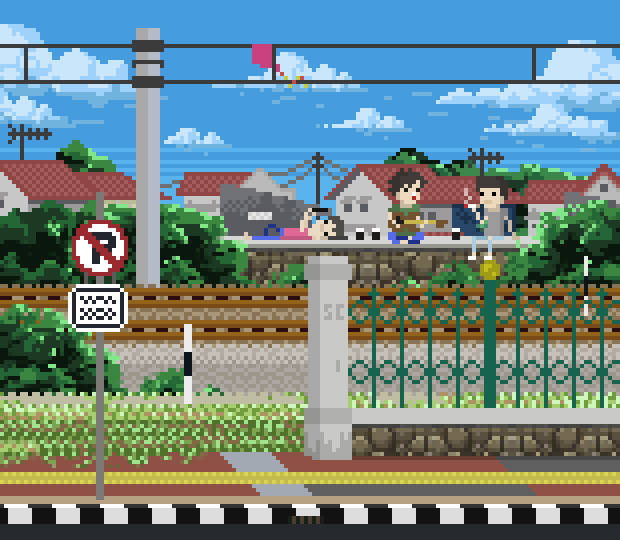
Pixel/ASCII/DOS
Pixel art seeks the 8 bit / 256 color aesthetic of early computer graphics. ASCII art forms recognizable images from numbers, characters and special characters. DOS Art also uses ASCII code, but mostly with additional color layers.
Objkt: Salim Cheeks, “Hanging out on the train tracks”, 2022, X/305, gif. “The pleasure of hanging out together while drinking coffee on the edge of the train tracks”
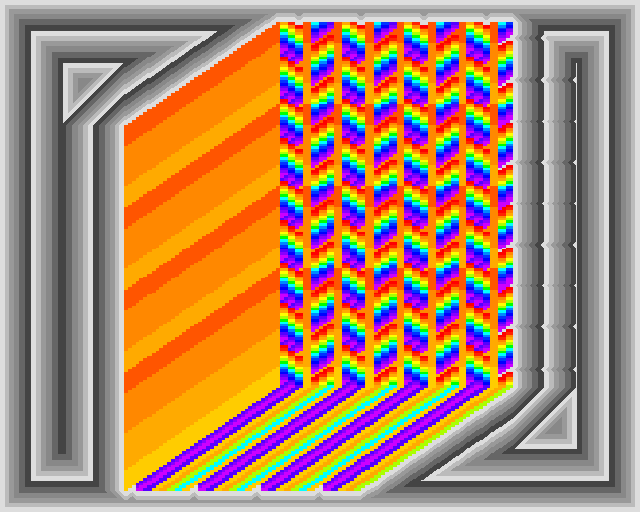
Kinetic
Kinetic art is mostly based on geometric abstraction, simulating movement through color shifting.
Kristen Roos, “pattern stretch 1”, 2022, X100, gif. “Created with vintage software”.
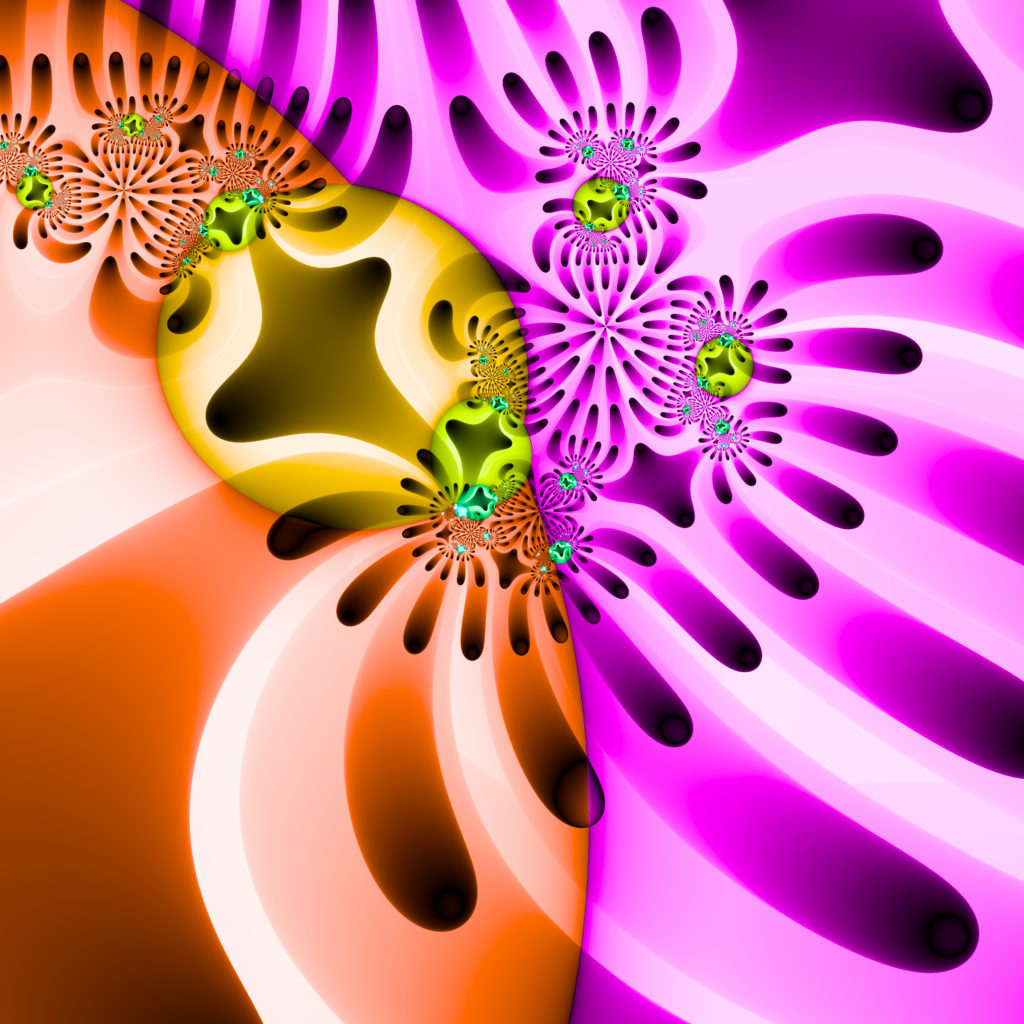
Fractal
Fractal Art uses mathematical equations to depict repeating, diminishing shapes. The origin can be found in the computer art of the 1980s.
Ryan Bell, “Microgravity #1110”, 2022, png. Microgravity is part of the fxhash interactive minting experience at The Ever-Evolving World of Art, Art Basel Hong-Kong, 2022.

Generative
An artistic result is generated through defined algorithms. Countless variations are created, all of which are understood and traded as a singular work of art.
Objkt: Lisa Orth, “Between Stations #72”, 2022, X/1, jpg, “Project #528 — iteration #72”.
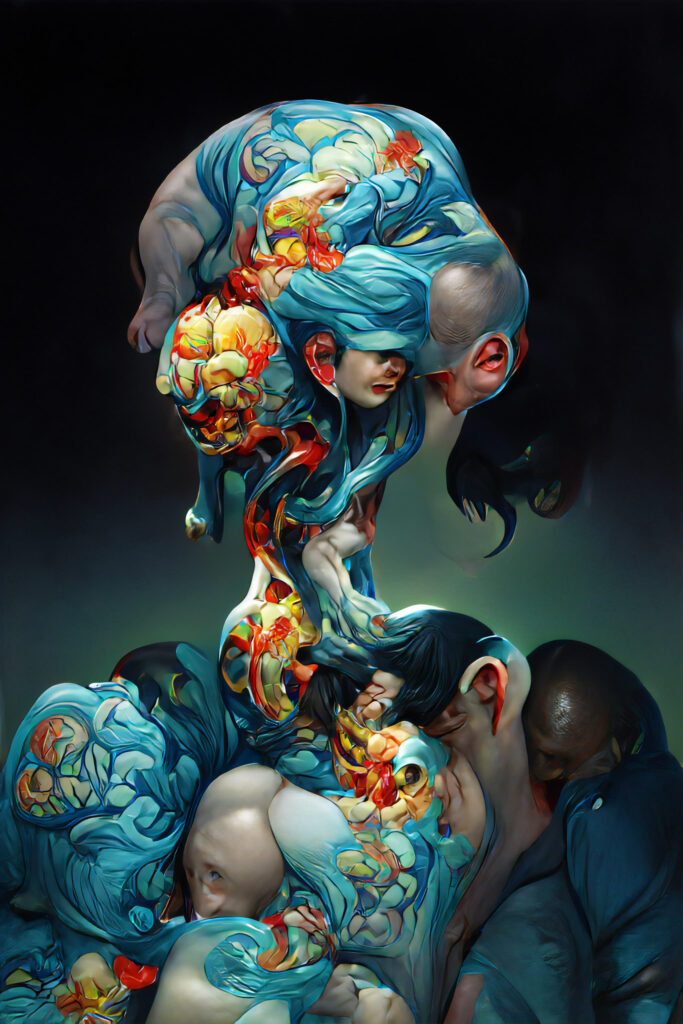
AI/GAN
Artificial intelligence and Generative Adversarial Networks are used for image formation. GAN uses two competing neural networks, one generating an image and one verifying it, which continuously improve each other. The goal is to generate an image that looks as real as possible, but is false, based on previously learned images.
Objkt: Dehiscence, “Losing my Head Part 2”, 2022, X/6, jpg. “The Mutants are evolving … A cross-platform series combining human, plant and animal DNA to create a new breed of human. Genderless, intelligent and resilient”.
VQGAN + Clip
VQGAN + Clip stands for “Vector Quantized Generative Adversarial Network and Contrastive Language-Image Pre-training”. A third word-based neural network is added to the previously mentioned GANs. The image is generated from sentences or word combinations based on previously learned image/word contexts.
Objkt: Chris Allen, “Feast for the Eyes”, 2022, X/285, mp4. “Unblinking, the void gazes back. AI/Man collaboration”.
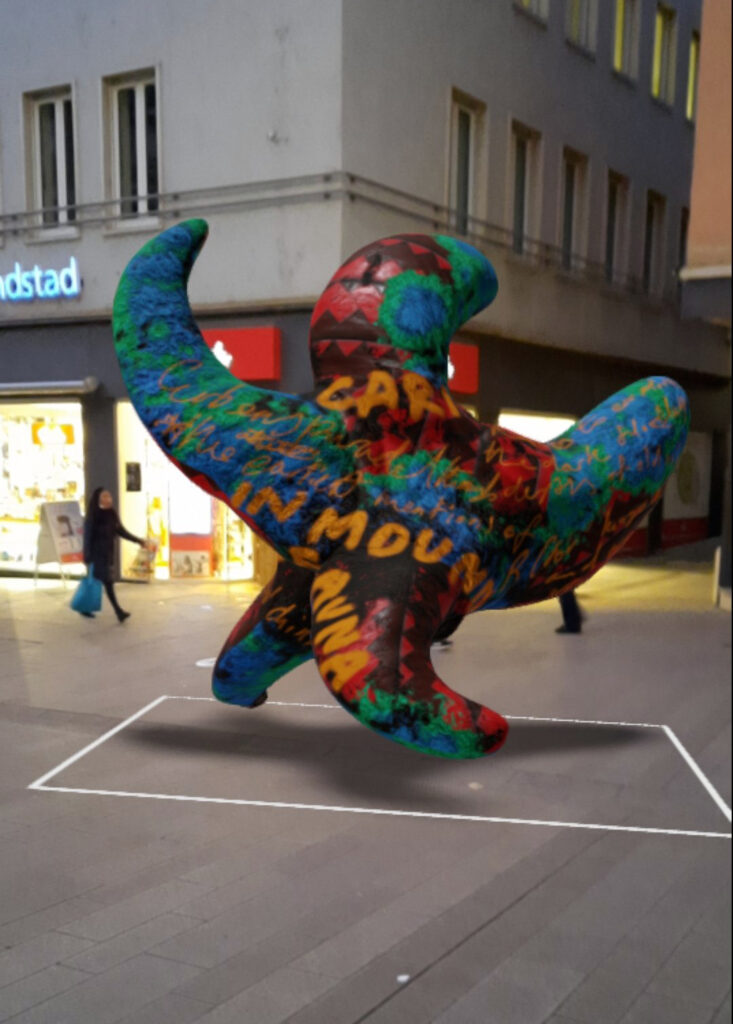
AR sculpture
Augmented reality sculptures are embedded in our visible environment. The artworks are created digitally in three dimensions. Virtually, they can be placed in a specific location and are only visible through a viewing medium.
Objkt: Mical Noelson, “‘’Charismatic Megafauna’’, 2021, X/15, gltf-binary.
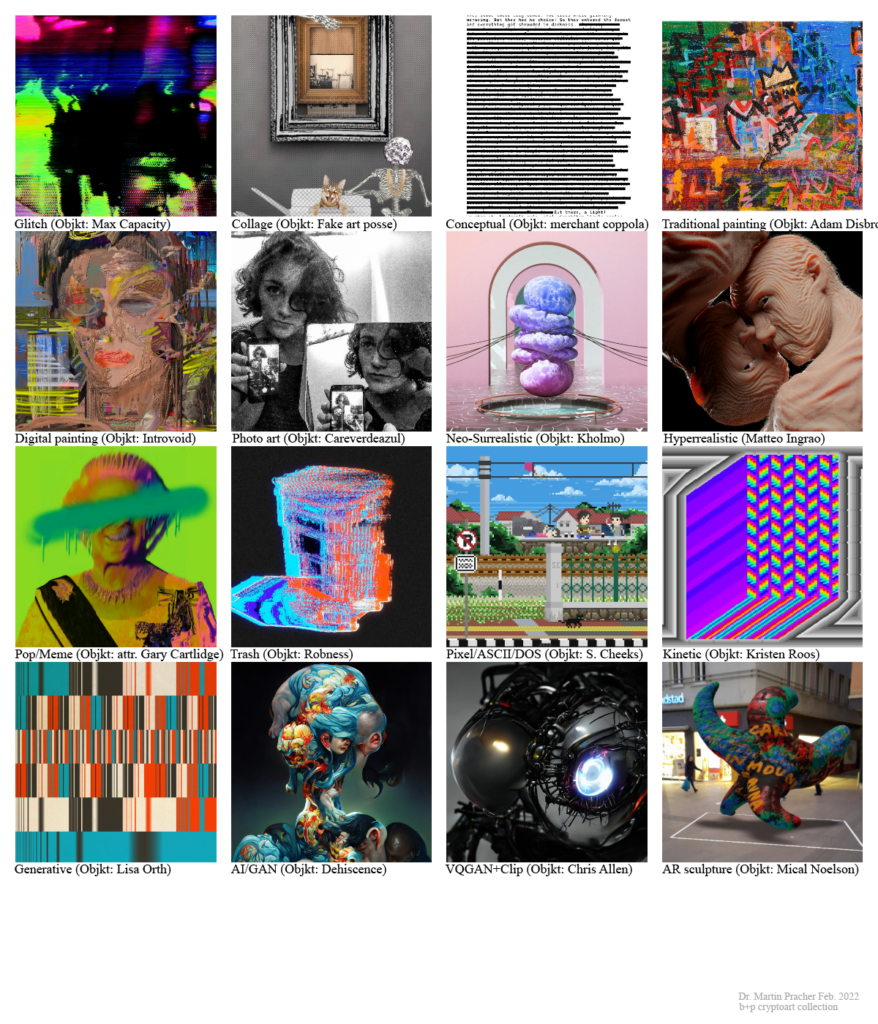
Overview
Overview of the currents and styles and movements of cryptoart in February 2022 with examples from the b+p cryptoart collection.
A walk through the b+p crypto art collection
Dr. Martin Pracher, Februar 2022
